Author: Mike Neville
Viewed as simple and characterless swill intended for quick quaffing as recently as just a few years ago, lager styles appear to be gaining in popularity among those who historically lambasted anything of the sort. One oft cited reason brewers give for not making styles like German Pils, Vienna Lager, and Munich Dunkel is that they’re more work due to requiring cool fermentation temperatures. However, to the chagrin of some, a number of people have reported satisfactory results fermenting classic lagers at typical ale temperatures.
Despite evidence showing certain yeast strains seem to be more robust than previously thought, there exists a widely held belief that any lager fermented warmer than about 52°F/11°C will possess undesirable characteristics including fruity esters. That is, unless said beer is fermented under pressure, which purportedly suppresses ester development by slowing yeast growth, allowing lagers to be fermented as warm as 72°F/22°C while ensuring a clean and crisp finished product.
I love lager styles and have been brewing them for years, usually fermenting them cool over a longer period of time, though I’ve also experimented with pressurized warm fermentation. While a number of past xBmts have shown that tasters can’t seem to reliably tell apart beers fermented warm under pressure from those fermented warm at standard pressure, I remain curious about this variable and chose it for the xBmt I’d take with me to Homebrew Con 2022 in Pittsburgh, PA.
| PURPOSE |
To evaluate the differences between a German Pils fermented warm under 13 psi of pressure and one fermented at the same temperature under no pressure.
| METHODS |
Having recently performed a similar comparison on a Festbier, I designed a simple German Pils for this iteration.
Yinzer Pils
Recipe Details
| Batch Size | Boil Time | IBU | SRM | Est. OG | Est. FG | ABV |
|---|---|---|---|---|---|---|
| 5.5 gal | 60 min | 33.9 | 3 SRM | 1.05 | 1.007 | 5.64 % |
| Actuals | 1.05 | 1.007 | 5.64 % | |||
Fermentables
| Name | Amount | % |
|---|---|---|
| Pilsner | 10 lbs | 100 |
Hops
| Name | Amount | Time | Use | Form | Alpha % |
|---|---|---|---|---|---|
| Triumph | 22 g | 60 min | Boil | Pellet | 10.7 |
| Tettnang | 23 g | 15 min | Boil | Pellet | 3.9 |
| Saaz | 14 g | 5 min | Boil | Pellet | 3.5 |
| Tettnang | 14 g | 5 min | Boil | Pellet | 3.9 |
Yeast
| Name | Lab | Attenuation | Temperature |
|---|---|---|---|
| Pilgrimage (L26) | Imperial Yeast | 77% | 32°F - 32°F |
Notes
| Water Profile: Ca 74 | Mg 7 | Na 5 | SO4 55 | Cl 71 |
Download
| Download this recipe's BeerXML file |
After collecting the water for a single 10 gallon batch, I weighed out and milled the grain.
With the water properly heated, I incorporated the grains then checked to make sure the mash was at my target temperature.
During the mash rest, I prepared the kettle hop additions.
Once the 60 minute mash was finished, I batch spargedto collect my target pre-boil volume then proceeded to boil the wort 60 minutes, adding hops at the times listed in the recipe.
When the boil was complete, I quickly chilled the wort.
Next, I transferred identical volumes of wort to separate fermenters.
A refractometer reading showed the wort was at my target OG.
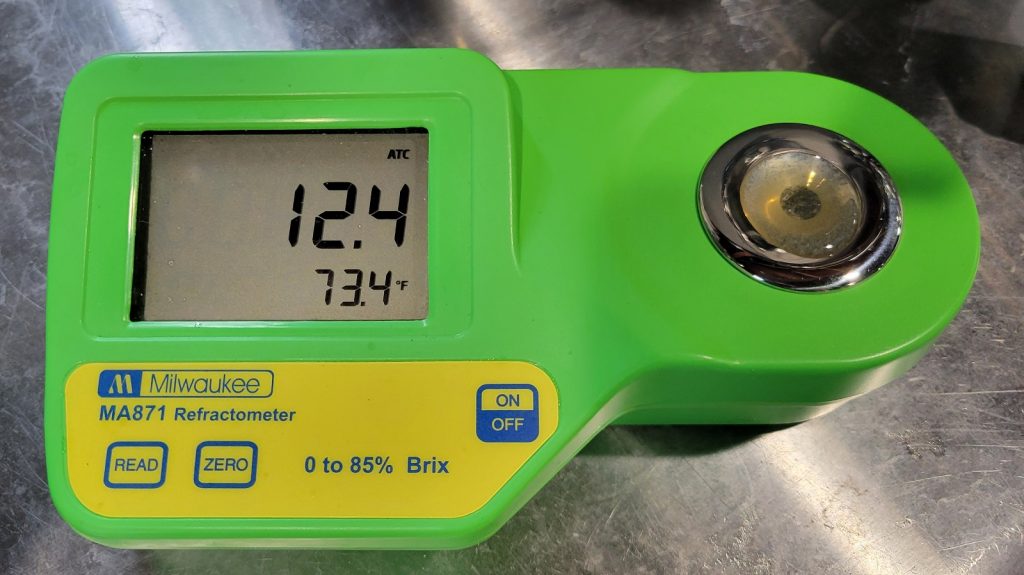
The fermenters were connected to my glycol unit and allowed to finish chilling to my desired fermentation temperature of 68°F/20°C, at which point I pitched a single pouch of Imperial Yeast L26 Pilgrimage into each batch.
Next, I attached a blowoff tube to one fermenter and placed a spunding valve set to 13 psi on the other fermenter.
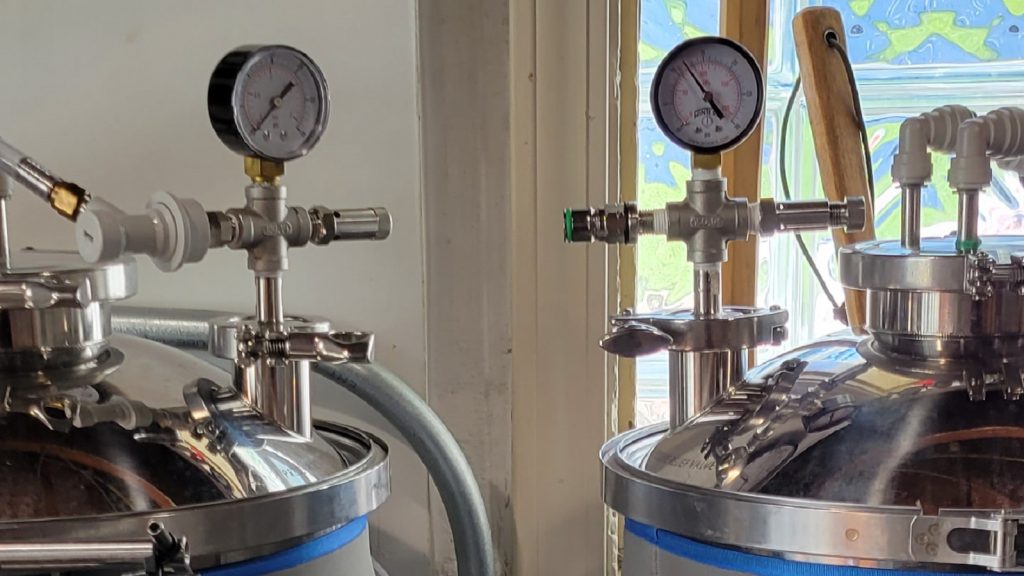
The beers were left to ferment for 9 days before I took hydrometer measurements showing both had reached the same FG.

I cold crashed the beers to 38°F/3°C and left them alone for 24 hours, at which point they were pressure transferred into CO2 purged kegs.
The filled kegs were placed in my keezer and burst carbonated overnight before I reduced the gas to serving pressure. After a week of conditioning, they were carbonated and ready for evaluation.
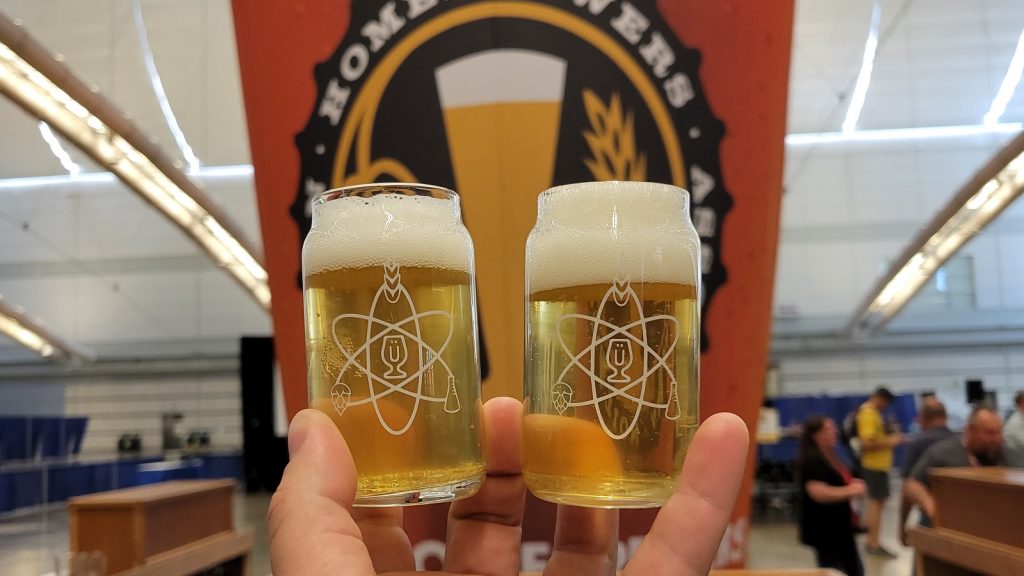
| RESULTS |
Massive cheers to our friends from Imperial Yeast for letting me collect data at their booth during Homebrew Con 2022 in Pittsburgh, PA!
A total of 57 people of varying levels of experience participated in this xBmt. Each participant was served 2 samples of the beer fermented under no pressure and 1 sample of the beer fermented under 13 psi of pressure in different colored opaque cups then asked to identify the unique sample. While 26 tasters (p<0.05) would have had to accurately identify the unique sample in order to reach statistical significance, only 24 did (p=0.10), indicating participants in this xBmt were unable to reliably distinguish a German Pils fermented warm under 13 psi of pressure from one fermented at the same temperature under no pressure.
My Impressions: Out of the 5 semi-blind triangle tests I attempted, I correctly identified the odd-beer-out just once and perceived both as being identical in every way. The beers had the doughy, crackery malt character I expect in a nice Pils along with a nice floral hop note and just the right amount of bitterness.
| DISCUSSION |
For as simple as they are characteristically, lagers tend to be viewed as rather complicated to make, so brewers are often quick to embrace any tricks to hasten the production of such tasty beers without increasing the risk of off-flavors. While fermenting lagers at warmer temperatures is scoffed at by many, doing so under pressure is widely accepted as a valid method. Curiously, tasters in this xBmt were unable to reliably distinguish a German Pils fermented at 68°F/20°C under no pressure from one fermented at the same temperature under 13 psi of pressure.
Seeing as these beers were perceptibly similar, it can be argued they possessed the same amount of off-flavors, which given the feedback I received from participants, seemed to be none. Either way, these results add even more to the mounting pile of evidence questioning the claim that fermenting lagers under pressure somehow negates the problems presumed to occur with warmer temperatures.
This is the second xBmt I’ve done on this topic that has returned similar results, which when added to the numerous other similar xBmt findings, has caused me to question the veracity of claims regarding pressurized fermentation of lagers. As much as I appreciate tradition and wanting to come up with clever ways to mitigate the risks involved with doing things differently, I’m just not convinced fermenting lagers under pressure has any notable impact, at least on the homebrew scale.
If you have any thoughts about this xBmt, please do not hesitate to share in the comments section below!
Support Brülosophy In Style!
All designs are available in various colors and sizes on Amazon!
Follow Brülosophy on:
FACEBOOK | TWITTER | INSTAGRAM
If you enjoy this stuff and feel compelled to support Brulosophy.com, please check out the Support page for details on how you can very easily do so. Thanks!


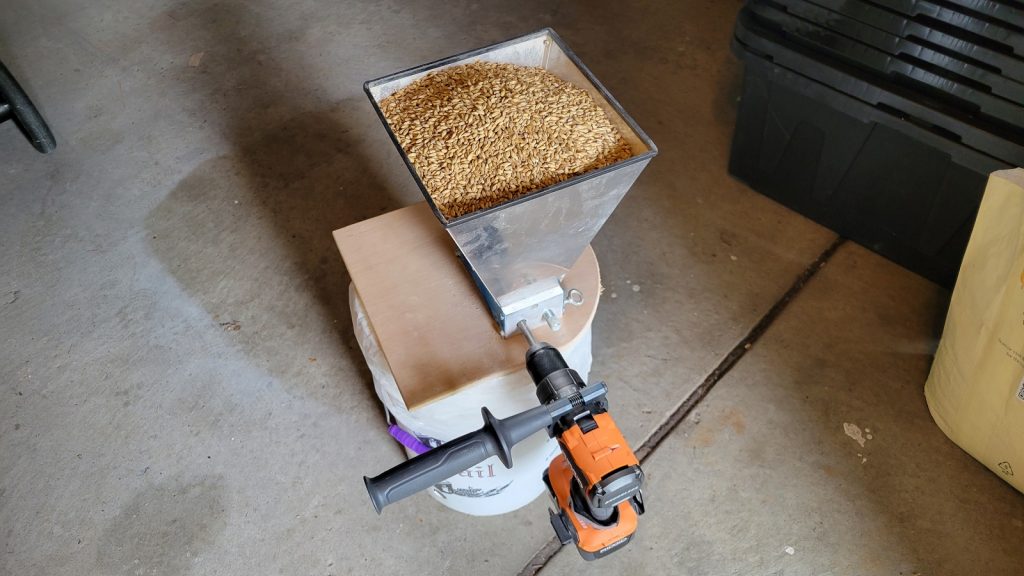
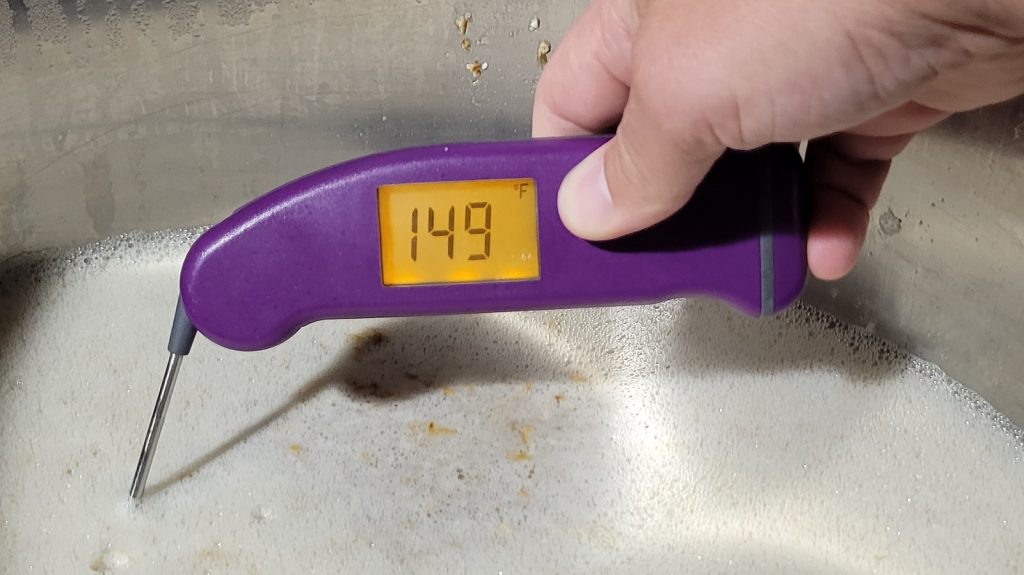
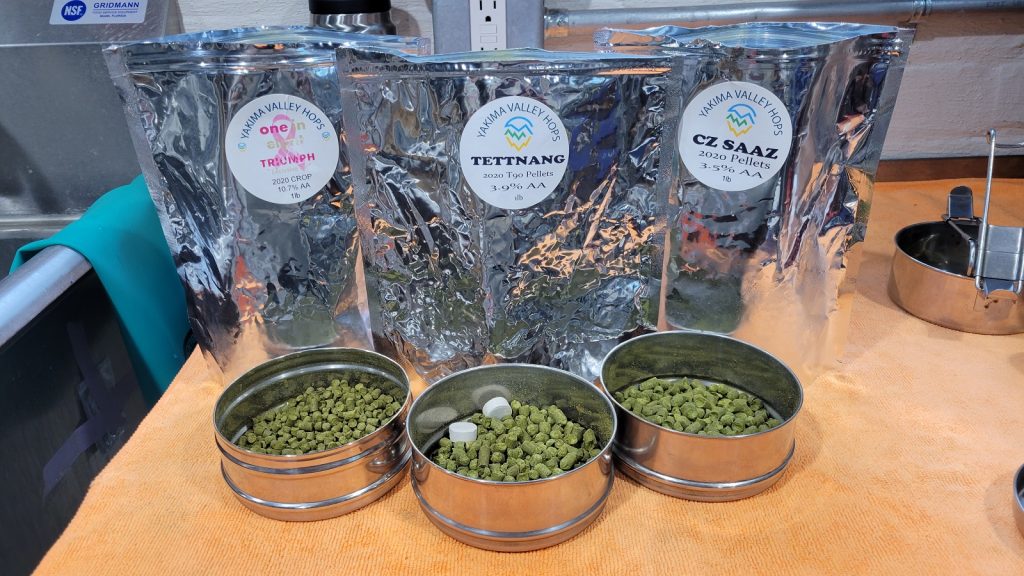
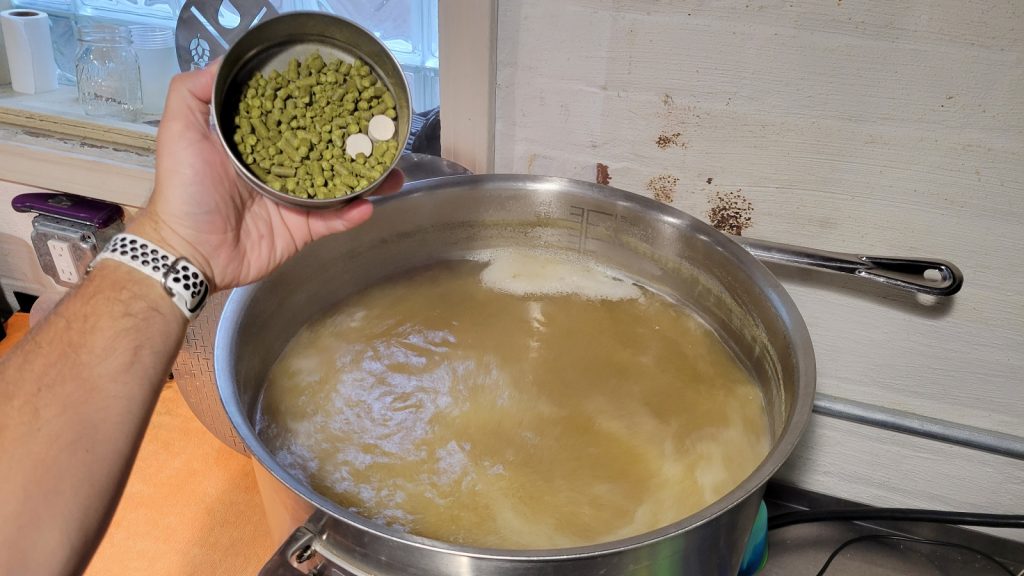
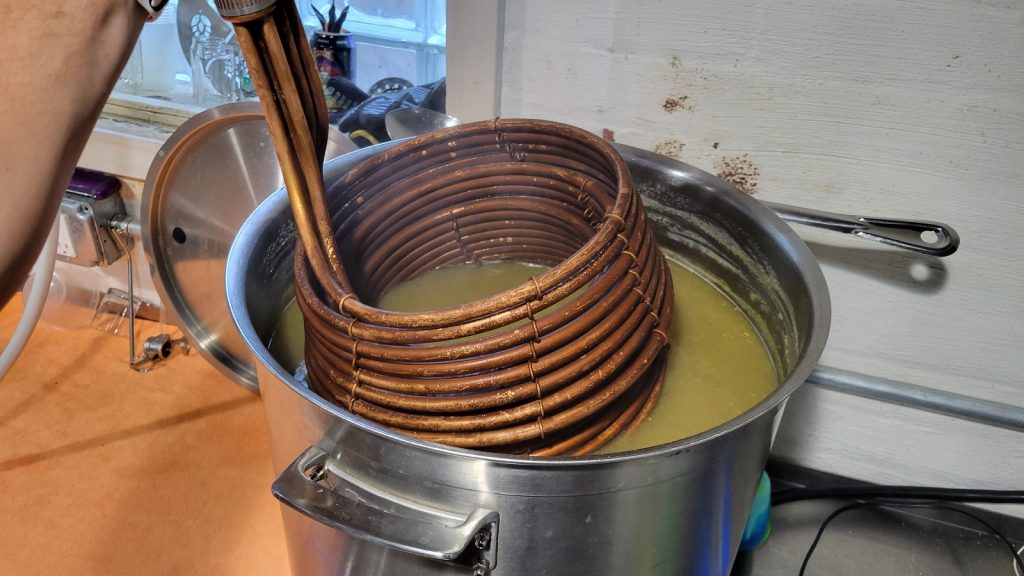
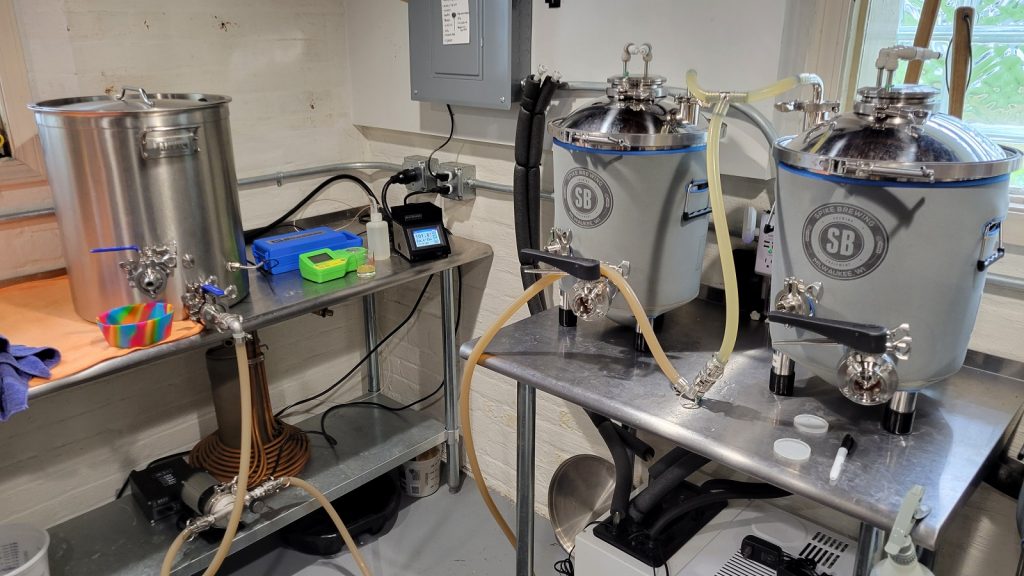
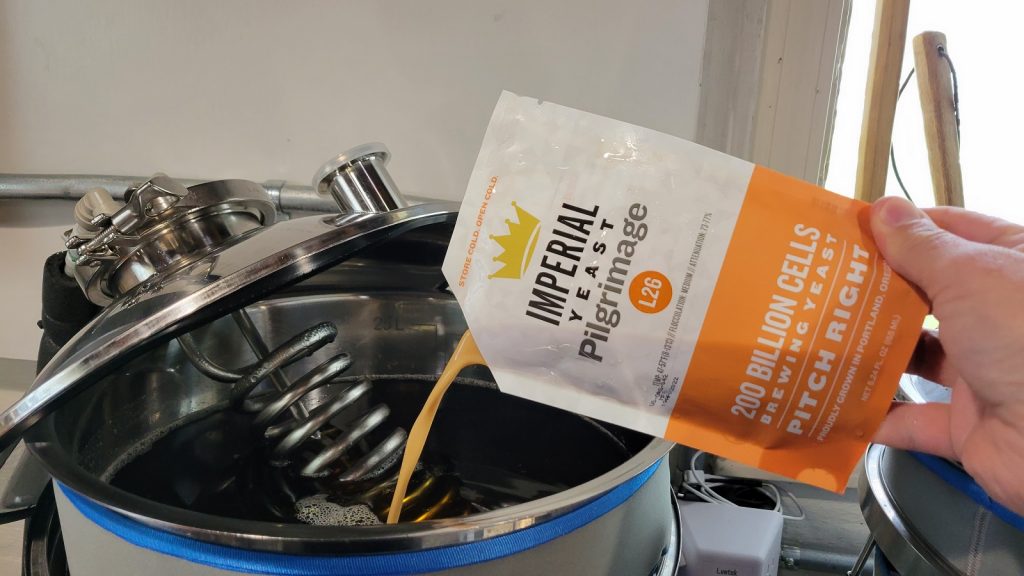
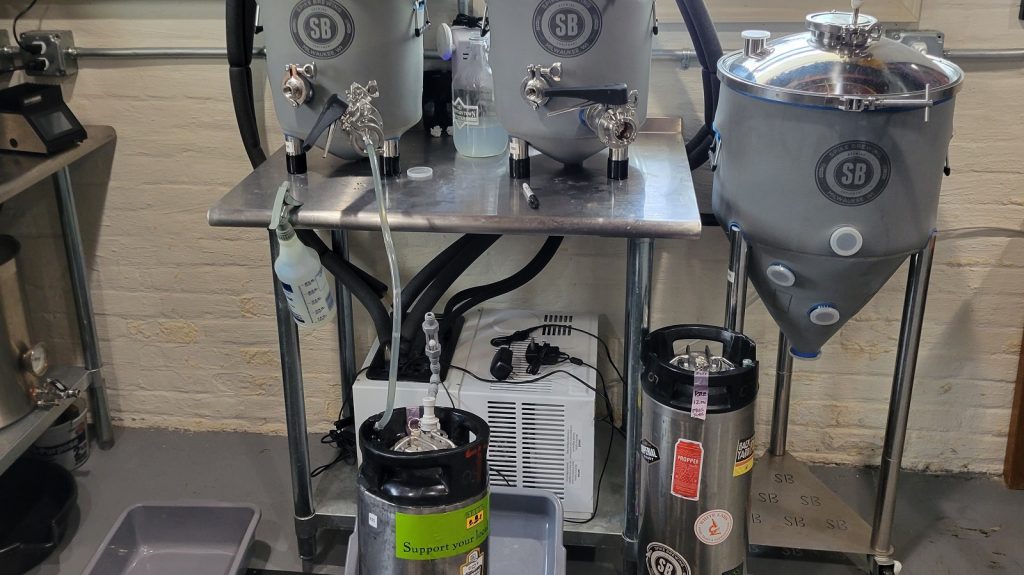












27 thoughts on “exBEERiment | Impact Of Pressurized Warm Fermentation On A German Pils”
24 out of 57 is not an insignificant number. These 24 were able to distinguish between the two beers.
Put another way, 42% of your tasters were able to readily select the odd beer.
If 40 had picked the odd beer, it could be just 40 lucky guesses, These trials have no significance. It would take hundreds, maybe thousands of testers to have verifiable results.
Obviously, these trials have significance and inform your brewing, or you would not be reading the experiments and the comments, too! All data from well-designed experiments are significant, even from from one-off, small-scale experiments.
And these results could be verified by repeating the experiment on another 57 tasters.
Repeating it with 1000 tasters would be a very difficult experiment to conduct, but if you could pull it off without any process errors, your results would be very compelling. Go for it, Richard!
Less than half of the tasters correctly picked the odd beer. Even if some truly perceived a difference, some fraction must have randomly guessed right, lowering your 42% calculation; and the author (aware of the variable) also found the beers identical.
Identical beers would produce these data 10% of the time, so I wouldn’t be confident that fermentation under pressure produced a perceptibly different beer. If you want to be at least 95% certain, then 24 out of 57 is simply not statistically significant.
There’s a running debate over P values — whether the common <0.05 threshold is too loose and generates too many false positives, and whether there shouldn't be other methods used instead or in addition.
https://www.vox.com/latest-news/2019/3/22/18275913/statistical-significance-p-values-explained
I think it's an interesting debate but awfully hard to say for the purposes of Brulosophy. I don't feel like you're showing a lot of results that suggest a lot of false positives. If anything, commenters tend to complain that there aren't enough positives. But since there isn't really an opportunity to do a lot of replication, I think it's hard to really know whether the balance is right or not.
I think one good argument for keeping things where they are is that you have a solid body of tests using the same methodology, and changing things now without a strong reason would make comparisons with old results difficult. Also more complex evaluation methods become harder to explain and justify.
It might be interesting to mix things up a bit — maybe try to incorporate measures of magnitude, for example, so when you get a significant result from triangle tests, not only capture the preference data but the intensity of the preference. (Although I realize that may open up another can of worms when you don't have really big numbers of testers reporting preferences.)
At any rate, I give the site big pluses for transparency of testing and evaluation methods — there are a lot of shady operators in research fields who keep it all under wraps, with econ being a particularly bad one.
With all due respect, that’s not really how stats works. 33% would be expected to pick each cup by random chance if all the beers were identical, but the way randomness works means that there’s always a chance one option will be selected more/less than the others. Folks are free to interpret our results however they like, this is just beer after all. Since the data here was higher than our threshold of p<0.05, we're comfortable saying it failed to achieve significance... which doesn't mean it's insignificant. Cheers!
Would 19 out of 57 also be “not an insignificant number”? That’s the number of people that we would expect in a perfect world to pick the correct cup if the beers were absolutely 100% identical. The world is not perfect, however, so there is a pretty high likelihood that a few more or a few less people would pick the correct cup just by chance.
In this experiment, 5 more people picked the correct cup than expected for identical beers. Do those 5 people fit within the “few more people” that we can reasonably expect to pick the correct cup just by chance? That’s where the p-value comes in, as it’s a statistical approximation of how likely the data is to arise by random chance given a range of assumptions. Based on the pre-determined cutoff (0.05 is pretty uniformly used as the cutoff, though that cutoff is rather arbitrary), 5 people DOES fit within what we can expect for a margin of error given the experimental setup and sample size.
Does all this mean that there was no actual difference perceived by any of the tasters? No. All it means is that if there is an actual difference, it’s not apparent in the data when taking into account the assumptions of the statistical test and associated p-value cutoff that were used.
Superficially, your assertion that 24 out of 57 is not an insignificant number, would appear to make sense. Probability, however, dictates 1/3 of tasters would be expected to pick the odd beer out when guessing randomly. That would be 19 people. We’re ‘only’ talking about 5 people on top of that number. None of which is to say there was no difference, just be cognisant of what underlies the numbers.
Would be interested in comparing the pressurized fermented lager to a lager fermented at 50 F. That’s the real shortcut in my opinion.
You have 90% confidence that your results differed from the random chance scenario.
Looks like (even though that’s not what was tested here) Pilgrimage can be added to the list of lager strains that make good beer at “ale” temperatures. You guys should compile a list of strains that you’ve tried that work great (and importantly do not provide good results) at these higher than traditional temperatures; I’ve only tried 34/70 and S-23, both of which I like.
How you like the S-23? I readed some mix review of this yeast, it the cheaper lager dry yeast that I find, but some ppl tend to loved it other tend to hate it
I like it. I’ve never split a batch between it and 34/70, but I’d be shocked if I could tell a difference… they both seem to make grain and hops flavours pop, and leave only sulphur compounds for yeast-derived flavours. One day I’ll split a batch. I know online complaints about S-23 say the strain is “fruity”, but I couldn’t find any fruitiness using it around 18-19C (and honestly I’d love a lager strain that provided a hint of apple, like Bud, at those temperatures).
Your conclusion that pressure fermenting does not prevent off flavors may be correct but another question is does fermenting a lager at 68° create off flavors. By your experiment it seems the answer is no.
Just to be clear – our conclusion was that in this particular xBmt with this particular style of beer among this particular set of participants in the particular setting they were in, fermenting under pressure didn’t seem to have much of a perceptible impact. Same goes for multiple, but not all, ferm temp xBmts we’ve completed over the years. Cheers!
Thank you. I find these experiments very interesting. I would be interested in doing the same experiment but with ale yeast at normal ale fermenting temperatures to see if the pressure fermenting prevents the esters normally found in an ale
I found this most interesting. I tend to ferment lagers under pressure but the temperature at 27°c. No off flavours with psi set to 15. Might be worth testing a higher temp next time?
What color cups were pressure fermented vs room temperature?
Green was pressure fermented; red/blue was no pressure
Good timing! I just poured my first glass of German Pils (SMaSH Pilsner/Mittelfruh/”34/70″) fermented under pressure, and I gotta say if pressure fermentation is wrong I don’t want to be right. Multiple batches, several different styles and never a flavor I didn’t want or expect from the beer.
I’ll accept the argument that I don’t have the refined palate of my more learn-ed brethren or I wouldn’t notice the different “off”-flavors delivered by a warmer fermentation. And I (and I think many of us) don’t fault the “purists” for going for that extra 1% improvement (assuming it even exists). Do what makes you happy. I’m making good beer, and I’m happy with leaving that 1% where it is. At least for now.
Thanks for the write up, and keep up the good wort.
You shall go higher in pressure, pressure in fermentation under 1.2 bar doesn’t make any difference, so sorry, this test needs to be redone, take it up to 1,5-2 bar and you will notice the difference 👍
Y que efecto hay con diacetilo?
Thanks for the experiment!
Was the pressure fermented batch clearer than the other batch?
It appears much clearer in the photos, although hard to tell if there is condensation playing a role.
I’d say they were about the same clarity
Life Spring: How many times have you seen the same experiment with different results? Enough to say they have no significance with so few testers. I do enjoy seeing the results and find it funny when a tester does not get the results he expected, then says he is still going to continue the old way. Even when it goes completely against the results of his so called reliable experiment. But don’t get me wrong. Home brew is still the best.
Hi there! Whilst reading up on pressure fermentation I was directed to this and a few other xBmts, lovely stuff. If you don’t mind me nitpicking, I noticed that you denoted the 12.4 Brix measurement of your refractometer to be Plato. The two are mixed up quite often and assumed to be equal, but this is not entirely the case. They are only equal at very low concentrations of dissolved solids, the higher the concentration the higher the deviation. 12.4 Brix equals to 11.9 Plato, which is an SG of 1.048 as opposed to the mentioned 1.050.
Of course, a difference of 0.002 in SG is marginal, but I take any chance to spread some Brix/Plato/SG awareness :P. Keep up the good work!
The pressure fermented beer seems to have a more dense head and perhaps better head retention? I feel like I find naturally carbed beers to have that advantage and that is well worth the trouble of fermenting under pressure in my opinion.